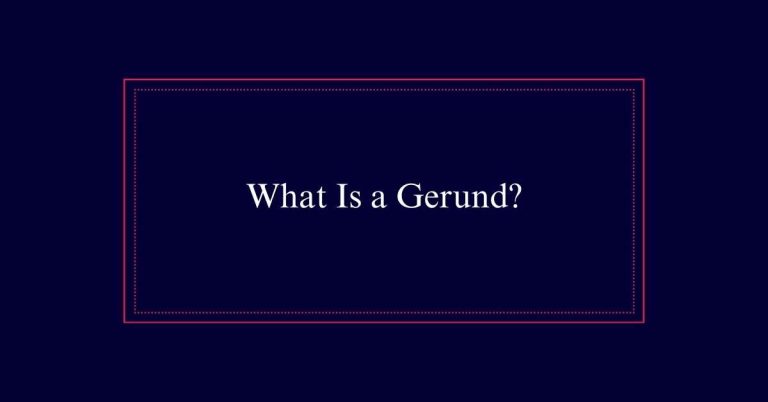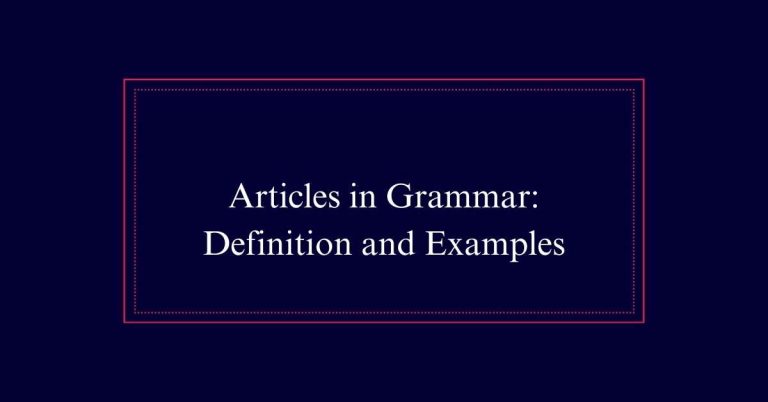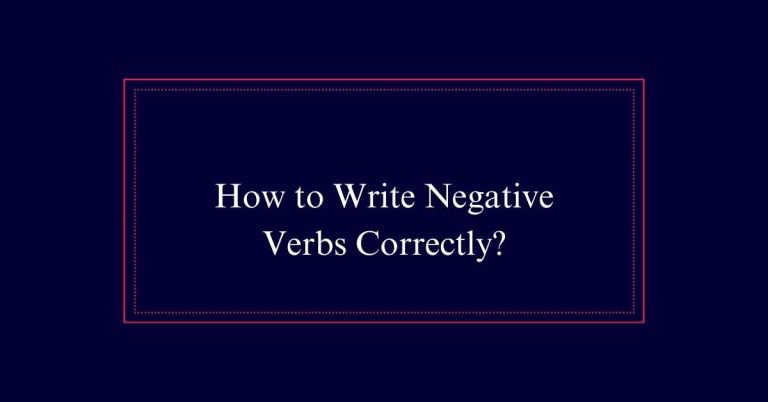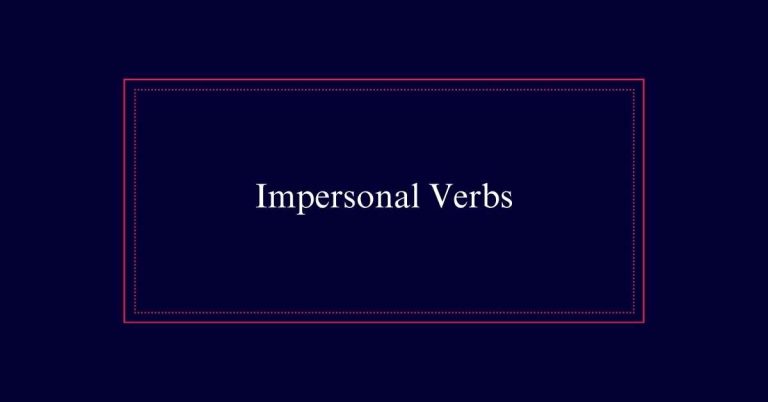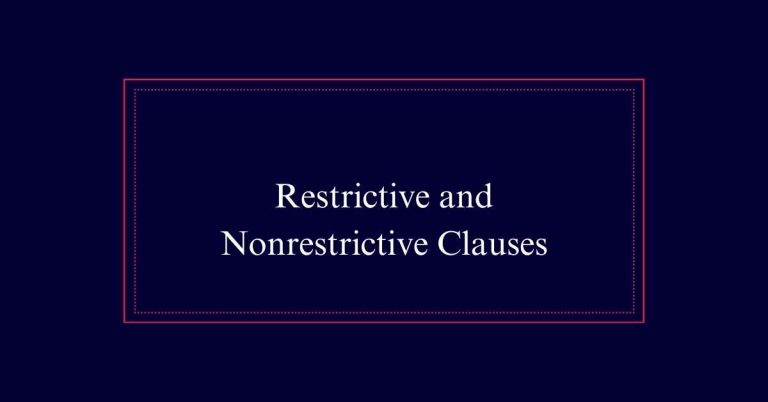Articles With Plural Nouns
Using articles with plural nouns correctly is key for effective communication. Indefinite articles (a, an) are never used with plural nouns. For specific groups, the definite article ‘the’ is used, helping convey precise meaning. Plural nouns can also appear without any articles when referring to general concepts or categories. Avoid using ‘the’ for non-specific plural nouns unless emphasizing known entities.
Indefinite Articles and Plural Nouns
When it comes to indefinite articles, they are exclusively used with singular nouns, not plural ones. For example, you say, ‘I bumped into a lady,’ but not ‘a ladies.
Indefinite articles ‘a’ and ‘an’ indicate nonspecific items and cannot precede plural nouns. Plural nouns either take the definite article ‘the’ or no article at all. For instance, ‘I have books in my locker’ is correct, while ‘I have a books in my locker’ is incorrect.
Additionally, when an adjective precedes a plural noun, no indefinite article is needed. For example, ’embarrassing things’ is correct, not ‘an embarrassing things.’
Definite Articles With Plural Nouns
The definite article ‘the’ is used with plural nouns to refer to specific items or groups. For example, ‘the students in the classroom’ points to a particular set of students. Using ‘the’ indicates that the reader or listener knows which items or groups are being mentioned. This contrasts with general references, where no article is needed, such as in ‘students are studying.’
The definite article helps in making writing clear and precise. It directs attention to known entities. For instance, ‘the books on the shelf’ specifies which books are being discussed.
Specificity With ‘The’
Using ‘the’ with plural nouns provides a way to refer to specific groups or items known to the reader or listener. This importance in writing for clarity and precision. For instance, ‘the books on the shelf’ specifies which books are being discussed, unlike ‘books on the shelf,’ which is more general.
Below is a table to illustrate the concept:
| General Phrase | Specific Phrase | Explanation |
|---|---|---|
| Cats are playful. | The cats are playful. | Refers to specific cats |
| Birds can fly. | The birds can fly. | Refers to specific birds |
| Students are tired. | The students are tired. | Refers to specific students |
| Trees grow tall. | The trees grow tall. | Refers to specific trees |
Plural Nouns Without Articles
Plural nouns often appear without articles to convey a general or non-specific meaning. This usage is common in English and helps to indicate that the noun refers to all members of a group or category in a broad sense.
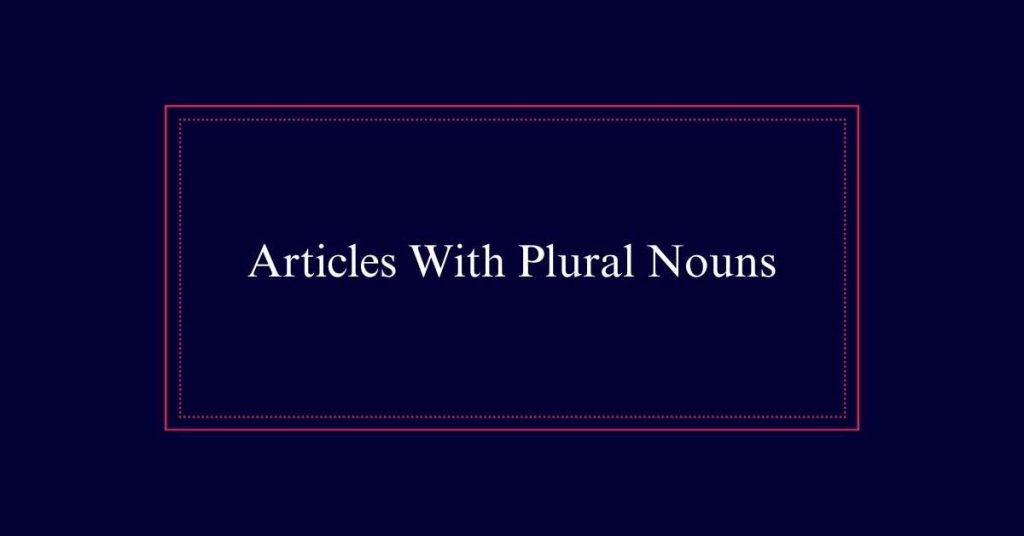
For instance, saying ‘Dogs are loyal’ means all dogs, not specific ones.
- General Statements: Plural nouns without articles make broad, universal statements.
- Categories: They can describe entire categories or types, such as ‘Computers have changed the world.’
- Non-specific Amounts: Use them when the exact number is not important, like ‘Students need resources.’
- Instructions: Common in instructions, like ‘Follow directions carefully.’
- Habitual Actions: Indicate regular activities, such as ‘Children play outside.’
Common Mistakes to Avoid
Many writers struggle with the correct use of articles, leading to common mistakes. One frequent error is using indefinite articles with plural nouns. Indefinite articles ‘a’ and ‘an’ are only for singular nouns. For instance, “I have a books” is incorrect. The correct form is “I have books.” Another mistake occurs with definite articles. While definite articles can precede specific plural nouns, they are not needed for general plural nouns. For example, “the options” is correct, but “the many options” should be used when specifying quantity.
| Mistake | Incorrect Usage | Correct Usage |
|---|---|---|
| Indefinite with plurals | a books | books |
| Definite without specificity | the options | options |
| Indefinite with quantity | a many options | the many options |
| General plural with definite | the chairs (general) | chairs |
Quantity and Definite Articles
Proper use of definite articles is important when specifying quantities in writing. The definite article ‘the’ helps specify particular quantities.
For instance, saying ‘the many choices’ implies specific choices already known to the reader. Using definite articles correctly enhances clarity and precision in your writing, ensuring that the reader understands the exact quantity in context.
Key points to remember:
- Use ‘the’ to specify known quantities.
- Avoid using ‘a’ or ‘an’ with plural quantities.
- Example: ‘the several options’ is clear.
- Incorrect: ‘a many options.’
- Correct: ‘the many options available.’
Clarity Through Proper Articles
Proper use of articles is crucial for clear and precise writing. Articles help readers understand whether a noun is specific or general.
For plural nouns, ‘the’ can be used to indicate a specific set, while no article implies a general group. For example, ‘the books on the table’ refers to specific books, whereas ‘books are important’ speaks generally. Avoid using indefinite articles like ‘a’ or ‘an’ with plural nouns, as they are meant for singular nouns. Incorrect usage, such as ‘a books,’ causes confusion.
Mastering articles is key to effective communication in writing, as it ensures that the intended meaning is conveyed accurately, improving overall readability and comprehension. Therefore, mastering articles is crucial for effective communication in writing.
Mastering Article Rules
Mastering article rules is essential for clear and effective communication. Articles help define nouns, making sentences precise and understandable.
To use articles correctly, one must grasp the differences between indefinite and definite articles, especially with plural nouns.
- Indefinite articles (‘a’, ‘an’): Only for singular nouns. Avoid with plurals.
- Definite article (‘the’): Use for specific plural nouns.
- General plural nouns: No article needed. Example: ‘Books are important.’
Incorrect usage: Avoid ‘a’ or ‘an’ with plural nouns. Correct example: ‘I have books.’
Specific quantity: Use ‘the’ to specify. Example: ‘The many options.’
Frequently Asked Questions
Can Plural Nouns Be Used With Possessive Pronouns?
Yes, plural nouns can be used with possessive pronouns. For example, “their books” or “our cars.” Possessive pronouns indicate ownership and are compatible with both singular and plural nouns, enhancing clarity in writing.
How Do Articles Change With Compound Nouns?
When dealing with compound nouns, articles are placed before the first noun. For example, “a high school teacher” or “the environmental impact study.” The choice of article follows the same rules as with single nouns.
Are There Exceptions to Article Rules in Poetry?
In poetry, article rules are often relaxed for creative expression. Poets may omit articles for rhythm, emphasis, or style. This flexibility allows for unique phrasing and interpretation, enhancing the artistic quality of the poem.
How Do Articles Function in Idiomatic Expressions?
Articles in idiomatic expressions often defy standard grammar rules. They contribute to the fixed nature of these phrases. Examples include ‘break a leg’ and ‘hit the books.’ Understanding idiomatic usage is essential for mastering language nuances.
Do Proper Nouns Ever Require Definite Articles?
Yes, proper nouns sometimes require definite articles. Examples include “the United States,” “the Eiffel Tower,” and “the Amazon River.” This usage often applies to unique entities, geographical locations, and certain established institutions.

